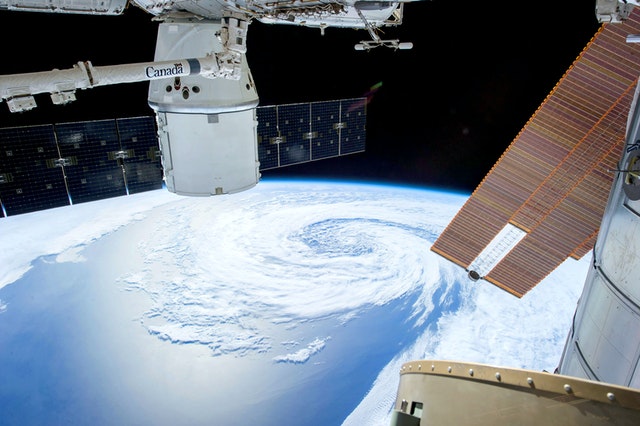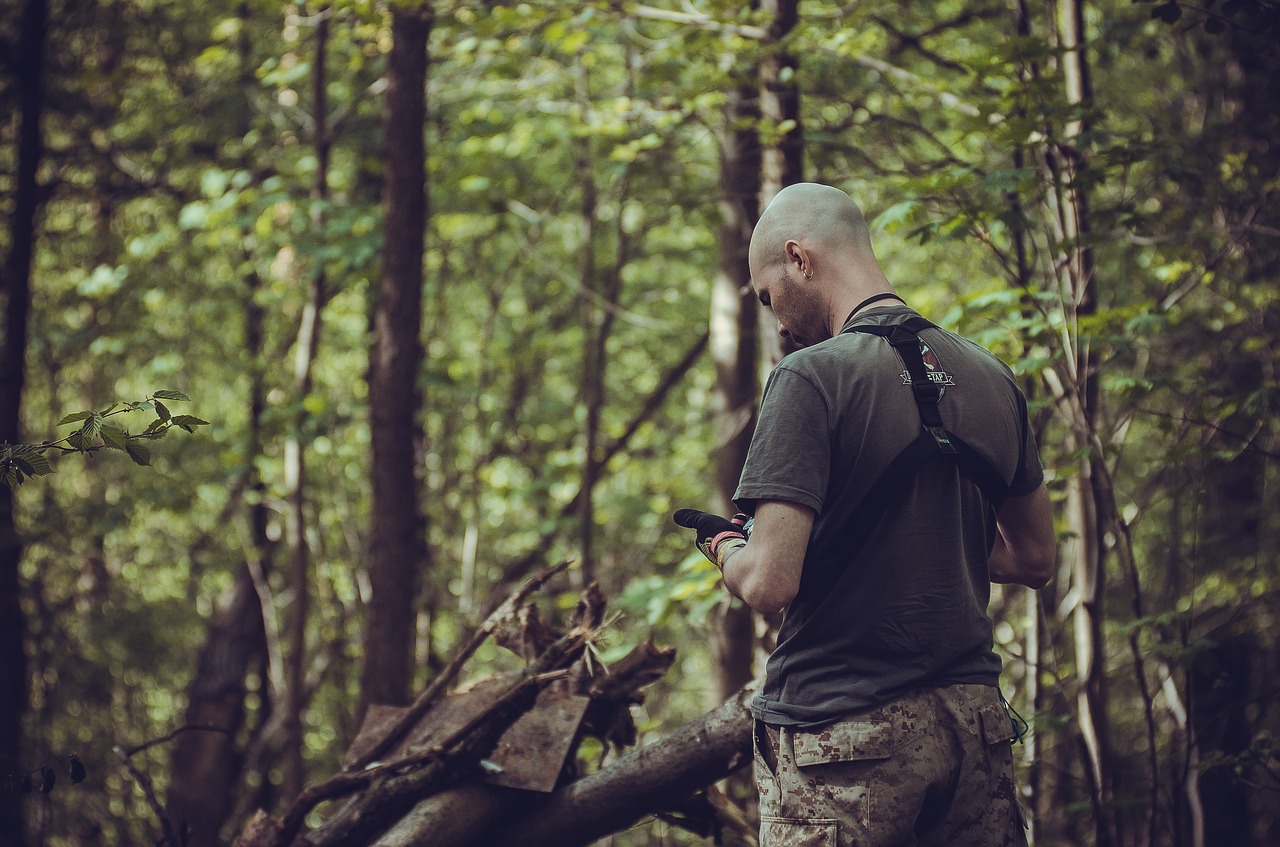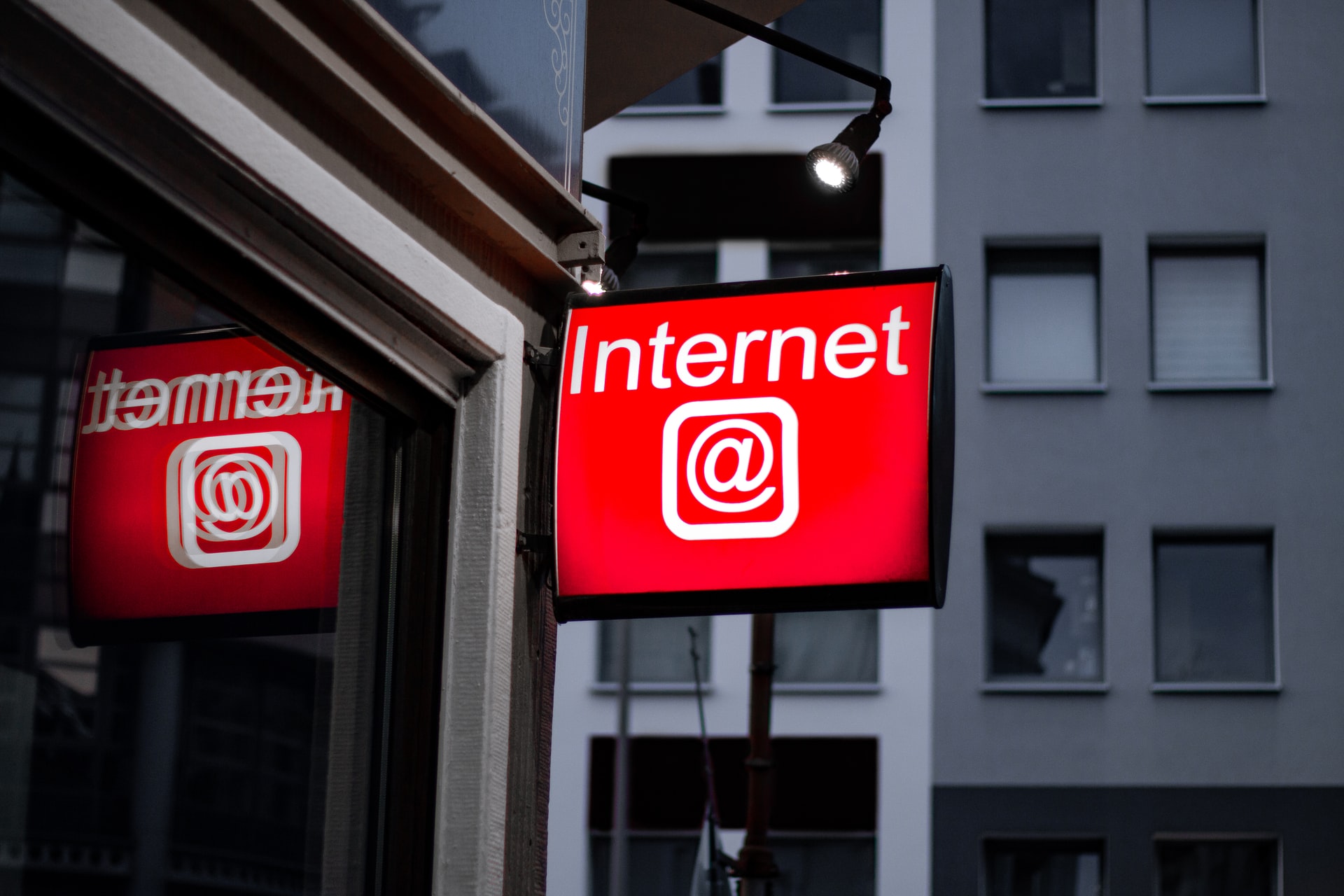Technology continuously marches forward and while the rest of us can barely keep up, we now have satellite phones. They do differ from smartphones and not only due to the price.
These electronic devices can give you coverage where cell phones fail. In other words, they could be your only lifeline to civilization in states of emergencies out in the wilderness.
Before you go out and grab one of these survival tools, let’s get to know how exactly they do what they do.
How a Satellite Phone Works
Types of Satellite Phones
Before we let you know the technical side of things, we’re going to introduce the two types of satellite phones to you and how they function differently. We have the geosynchronous satellite phones (GEO) or high orbiting and we also have the low orbiting ones (LEO). It’s important to differentiate between the two because they actually work differently.
GEO
The GEO satellite phones use geosynchronous satellites. This means they move with the earth. As the earth spins, they spin and give the impression that they have a fixed location in the sky. They always orbit at high altitudes, never dipping below the earth’s equator.
GEO satellites are also much larger compared to LEO, and one of these large orbiting bodies will cover a large percentage of the earth, in terms of coverage. Just a few of these satellites will give you enough coverage for service all over the world.
Their high orbits contribute to slow transmission, which means you will experience a lot of delays, either that you’ll be hearing an annoying echo. Also, since they are fewer in numbers, they are more at risk of outages. Once one goes down, the rest will follow.
GEO satellite phones also tend to be much larger than LEO options, and this is largely (pun intended) due to the antenna embedded in the device. You need to point the antenna in the direction of the satellite to receive a proper signal.
LEO
Contrary to GEO satellites, LEO satellites orbit at a much lower altitude and the famed Iridium sat phones use this network. The low altitude requires more satellites to create a signal, we’re looking at as many as 60! However, their large numbers mean more often than not, you’ll be in the range of one of these satellites. They orbit very quickly around the earth, making it all the way around in 2 hours!
Fast and low orbits mean reliable service that spans the entire planet. They are very reliable and offer a much more stable call quality. You will experience fewer delays and the phones need much less battery power compared to the bulkier GEO phones. Also, they don’t require the large antenna and can come in sizes barely bigger than your smartphone! They are much more portable and easy to use.
No matter which phone you use, you will need a line of sight to the satellite to get it working. It’s much more difficult to achieve with the GEO phone since they are fewer and further between. With the LEO network of satellites, they are large in number and zoom around the earth at breakneck speeds. So more often than not, you’ll be in the range of one of them.
Satellite Phone Features
Similar to our smartphones, these larger satellite communication tools also come with sim cards [1] and other features.
They mostly have voice calls, but some can even come with text messaging. Other common features include:
- GSM functions
- GPS
- Certain ones can even come with solar charging options so you never have to be without battery.
- Paging
- Data transmission
- Robust designs made to be waterproof, dustproof, and shockproof.
The plans for these phones can cost a pretty penny, and depending on what features you want, the cost can add up. Think about what you will be using your new satellite phone to gauge how they will work and the pricing.
Conclusion
Compared to cell phones, satellite phones are much more expensive. However, they keep you safe when cell phones fail and they can’t be monitored the way a regular smartphone can. Depending on the plan you select, you could gain local/regional coverage or dial anywhere around the world! They are a handy tool to have in your survival kit.









Comments